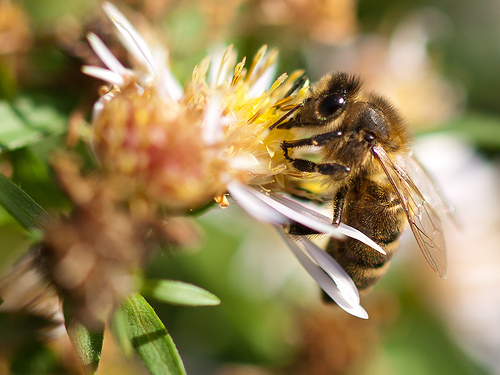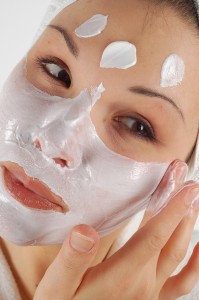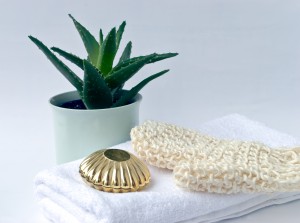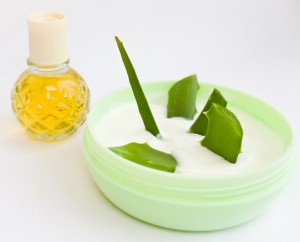Want to cure your summer acne? Start by taking a peak in the cupboards. There are plenty of natural remedies for acne that are safe, effective and a lot less expensive than many of the products you’ll find out there.
Instead of opting for potentially harmful mainstream acne medications, try safe and effective natural remedies for acne problems. You may find your acne and associated problems such as redness and light scarring completely gone or greatly improved in as little as two weeks or less.
Natural Remedies for Acne: Lemon Juice, Tea-Tree Oil and Aqueous Cream

Before going to bed, bathe or shower and shampoo. Next, apply lemon juice over your face (this will itch for a minute or two).
Rub in a small amount of pure tea-tree oil. Then, apply a thick layer of aqueous cream to your face and leave on overnight, lying on your back if you must. Or, after about half an hour or so, rub the cream in.
Help this and other remedies along by eating three kiwifruit and about 3/4 cup of raw carrots daily.
Natural Remedies for Acne: Oatmeal, Vinegar, Raspberries, Egg, Sea Salt
Pour some oatmeal into a small bowl. Mash up some raspberries and mix them with about a teaspoon of sea salt and the oatmeal. Add about two tablespoons of vinegar and one egg and mix with a spoon until it makes a pasty mix. Wash your face with an exfoliating scrub (such as apricot scrub) or exfoliate with a loofah. Steam your face and then apply the mixture thickly. Leave on for about 30 minutes or until the mixture is somewhat dry and starts to crumble off. Rinse with cold water.
Natural Remedies for Acne: Honey and Cinnamon
Take three tablespoons of honey and one tablespoon of cinnamon and make a paste. Put it on the affected area and apply it in circles. Leave it on while you sleep and wash it off in the morning.- Source
Natural Remedies for Acne: Lemon Juice, H2O2, Willow Bark, Aloe, Echinacea and Goldenseal
Mix in a bowl or container some lemon juice, a small amount of hydrogen peroxide, willow bark powder, echinacea and goldenseal. Mix together and use this solution as an astringent. Apply w/ cotton balls or tissue and leave it on your face to dry. Once it dries, put aloe vera on your skin. Do this twice daily after first washing your face.
Natural Remedies for Acne: Fresh Basil Leaves
Take a small handful of fresh basil leaves (available at most grocery stores). Let the leaves simmer in two cups of water for about 15 minutes and then put the mixture in the refrigerator to chill. Apply the mixture to troubled areas or your entire face with a cotton ball. Gets rid of acne and also helps with any existing scarring. – Source
It’s important to remember there’s more to treating acne than what you put on your skin. It’s a combination of diet, healthy routines and dedication. If you’re serious about getting rid of acne, and willing to make a few lifestyle changes, we recommend the Acne No More e-book.
This book is filled with helpful tips to help you eradicate acne naturally.








